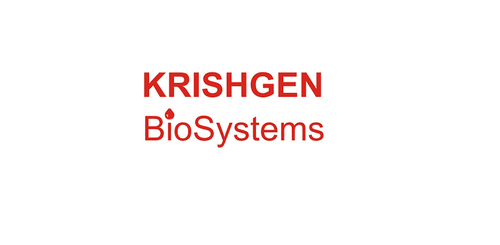Product Description
Human Receptor-type tyrosine-protein phosphatase F (PTPRF) ELISA Kit | AE25068HU | Abebio
Species Reactivity: Human (Homo sapiens)
Abbreviation: PTPRF
Alternative Name: FLJ43335; FLJ45062; FLJ45567; LAR; LCA-homolog|OTTHUMP00000008683|OTTHUMP00000008684|leukocyte antigen-related (LAR) PTP receptor|leukocyte antigen-related tyrosine phosphatase|protein tyrosine phos
Application: ELISA
Range: 0.781-50 ng/mL
Sensitivity: 0.31 ng/mL
Intra-Assay: ≤5.2%
Inter-Assay: ≤10.3%
Recovery: 0, 9
Sample Type: Serum, Plasma, Other biological fluids
Detection Method: Sandwich
Analysis Method : Quantitive
Test Principale: This assay employs a two-site sandwich ELISA to quantitate PTPRF in samples. An antibody specific for PTPRF has been pre-coated onto a microplate. Standards and samples are pipetted into the wells and anyPTPRF present is bound by the immobilized antibody. After removing any unbound substances, a biotin-conjugated antibody specific for PTPRF is added to the wells. After washing, Streptavidin conjugated Horseradish Peroxidase (HRP) is added to the wells. Following a wash to remove any unbound avidin-enzyme reagent, a substrate solution is added to the wells and color develops in proportion to the amount of PTPRF bound in the initial step. The color development is stopped and the intensity of the color is measured.
Product Overview: Receptor-type tyrosine-protein phosphatase F is a member of the protein tyrosine phosphatase (PTP) family. PTPs are known to be signaling molecules that regulate a variety of cellular processes including cell growth, differentiation, mitotic cycle, and oncogenic transformation. This PTP possesses an extracellular region, a single transmembrane region, and two tandem intracytoplasmic catalytic domains, and thus represents a receptor-type PTP. The extracellular region contains three Ig-like domains, and nine non-Ig like domains similar to that of neural-cell adhesion molecule. This PTP was shown to function in the regulation of epithelial cell-cell contacts at adherens junctions, as well as in the control of beta-catenin signaling.
Stability: The stability of ELISA kit is determined by the loss rate of activity. The loss rate of this kit is less than 5% within the expiration date under appropriate storage condition. The loss rate was determined by accelerated thermal degradation test. Keep the kit at 37°C for 4 and 7 days, and compare O.D.values of the kit kept at 37°C with that of at recommended temperature. (referring from China Biological Products Standard, which was calculated by the Arrhenius equation. For ELISA kit, 4 days storage at 37°C can be considered as 6 months at 2 - 8°C, which means 7 days at 37°C equaling 12 months at 2 - 8°C) .
 Euro
Euro
 USD
USD
 British Pound
British Pound
 NULL
NULL












